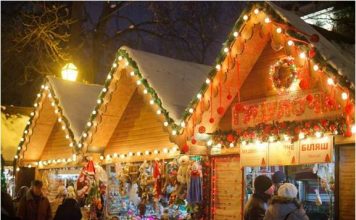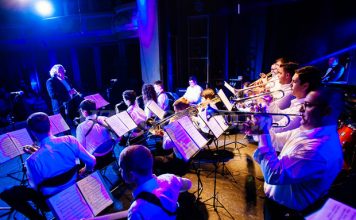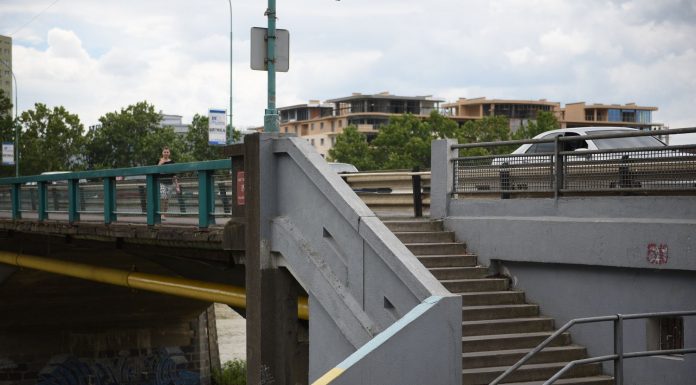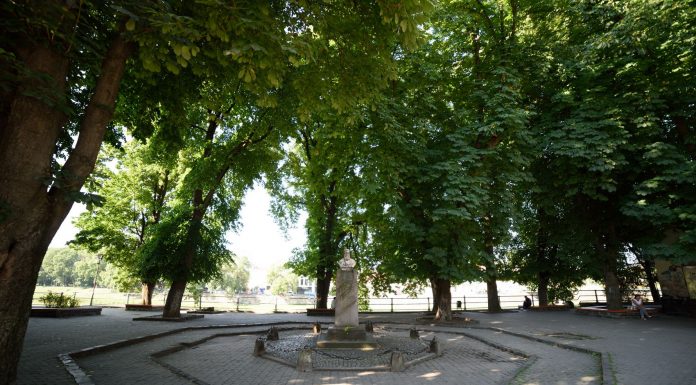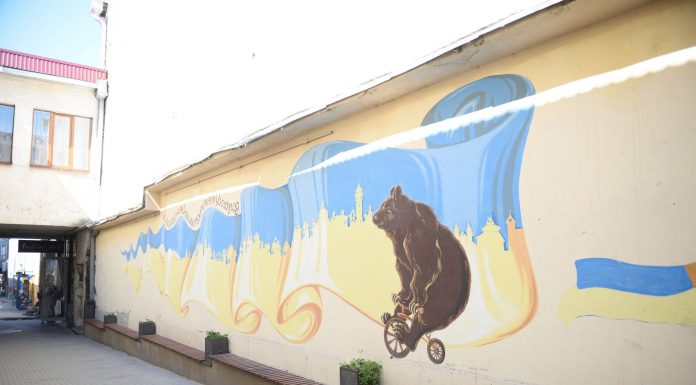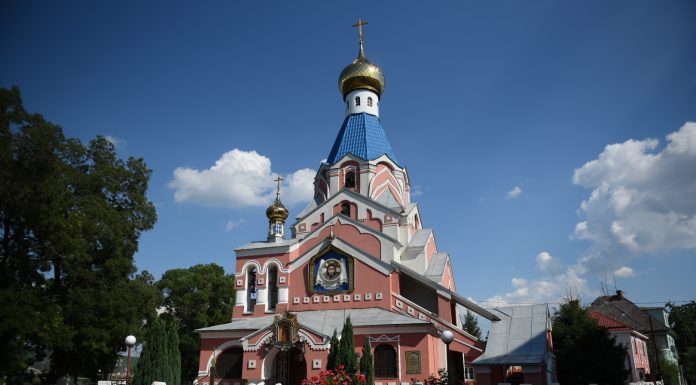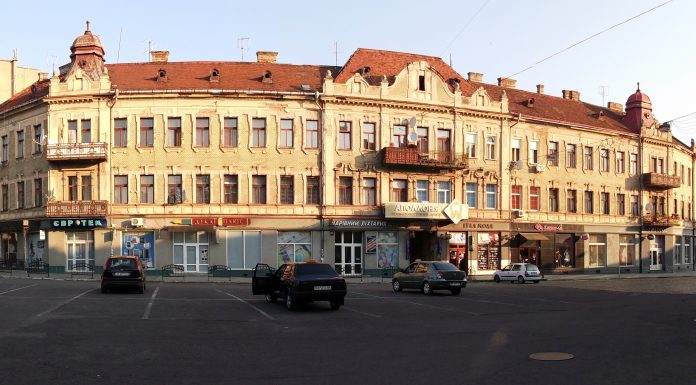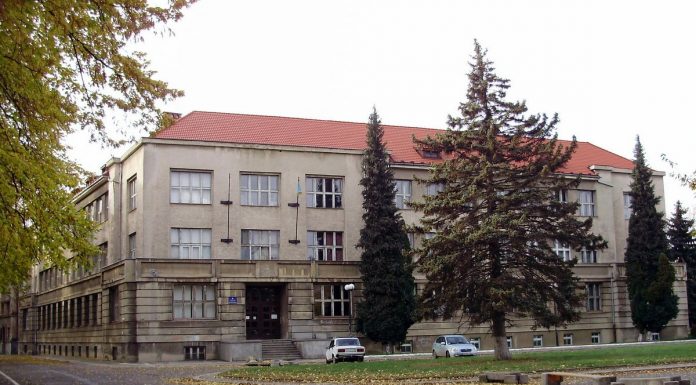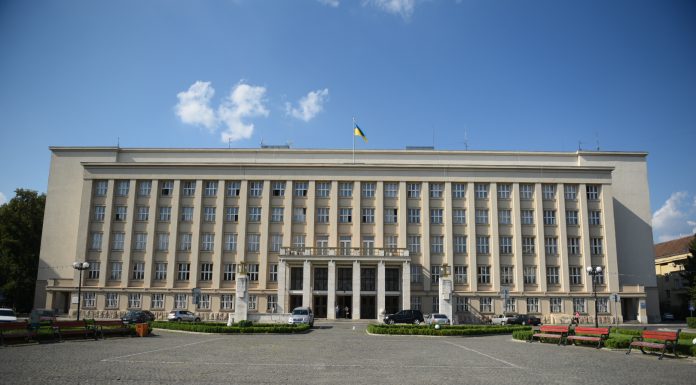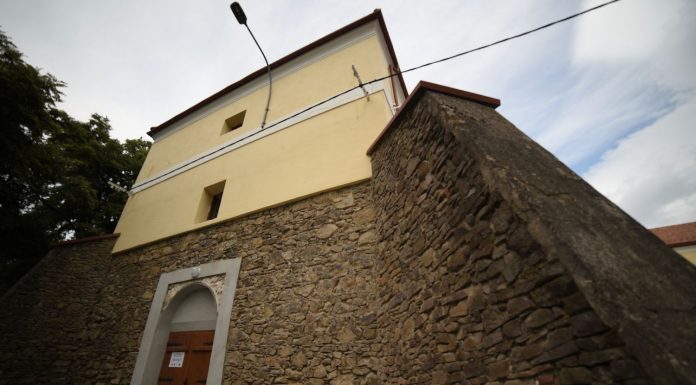Transport bridge is the biggest bridge in Uzhgorod (length is 140m). The need for such transport interchange arose in the thirtieth of the twentieth century in times of Czech government. Its construction began in 1934. The estimate was 8.0 million korunas. In 1937 the bridge was opened in the presence of the second Czechoslovak President E. Benes (1935-1948). 7...
City Square is named after Eugene Fentsyk (1844-1903) who is a Transcarpathian educational activist and writer of Russophile direction, a Greek Catholic priest. Since 1885 he was also a publisher and editor of "Lystok" that published in mixed Russian and Church Slavonic language. E. Fentsyk known as the author of poetic drama "Conquest of Uzhgorod" and was one of...
Uzhgorod Bati passage was built in 1927 – 1929, during the period of the Czechoslovak authority. The passage was named after Slovak shoe king Bati. There was built "Palace of Bati" from the side of Theater Square , on the first floor there was a big brand shoe store and on the next floors there were repair workshops. Along...
It is situated on the left bank of the city (New Town), the first written record of which dates from 1631. This part of the city was slowly developed, as constantly was suffering from floods. The regulation of the river Uzh banks began just in 18 century. Today this part of the embankment has the name of Orthodox, dedicated...
Pokrovska Church (Orthodox Embankment № 23) was built in 1930 designed by Russian architect B. Kolomatskiy (1896-1980) with funds of Russian emigrants and Duchess Anastasia. This is a smaller version of the church in Kolomna near Moscow. The temple was acting at the time of the Hungarian occupation of 1938-1944 years and partly in the Soviet period. In the...
Frid Palace (in Hungarian - Fried Palota) is private house of the city, which was built in 1910. It was named in honor of its owner - Jewish entrepreneur Ignaz Fried. There were 18 small shops on the ground floor and 24 apartments on the first and second floors. Jewish families were renting 22 apartments, one flat was for...
The building was constructed in 1936. In times of Czechoslovak authorities a gendarmerie of Subcarpathian Rus located there. Today there is a building of Medical Faculty of UzhNU. It is one of the biggest faculties of the university which plays an important role in the development of both the university and health of Transcarpathian region. During its existence the...
Без категорії
Transcarpathian Regional State Administration (Provincial administration of Czech-Slovak Republic)
The building of Provincial administration was built in 1934 - 1936, designed by Czech architect Anton Krupka in the style of "constructivism". This style originated in the 20-30 years of the twentieth century and was different from others by new look at simple things. In the architecture an attention is paid not to the rigor of geometry and the...
Без категорії
Narodna Square (former house of the People’s Council, the building of the former Czech gendarmerie)
After joining Subcarpathian Rus to Czechoslovakia, the Government of the Czechoslovak Republic decided to build a new modern area to enhance the prestige of Uzhgorod as the main city of the region. In October 1921 it was developed and published technical specifications for the construction of a new quarter - of Small Halahova with the participation of the government...
It was built in 1781. Initially building was used for storage of food and drinks, but after the elimination of factory’s equipment the brewery was turned into hotel, then into the specialized school and joiner school. After the reunification of Transcarpathia with Czechoslovakia, wine bar was opened in the "owl's nest". By the end of the 70s of last...

